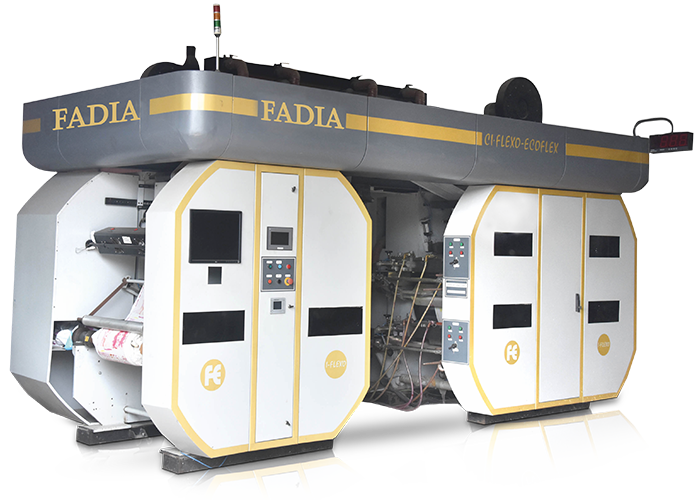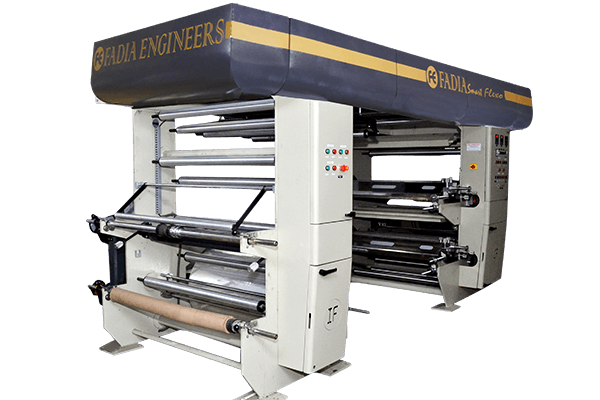Flexographic Printing Plate
The study shows that selecting the right plate could affect the manufacturing productivity in the matter of printing speed and Flexographic Printing Machine downtime significantly: as much as 53% in overall equipment efficiency.

There are many elements to take into examination when choosing a flexographic printing plate. These include quality necessity, run length, and substrate use to name a few. progressively, both environmental effect and overall equipment proficiency at the press are also driving factors in the choice of a plate.
Plate Making
The printing plate is the most necessary aspect of flexography printing.
Which consists of the images and text to be print in negative as a reflected image.
A detach plate requires to make for each color used in the print run.
Plate producing is an art and science all of its own. There are three main processes that have been using:
1. Metallic plate etching/Rubber Plates
The print image is the first etched in negative onto a metal plate made of zinc or magnesium, which is washed in an acid bath.
The image will see in bas relief on the plate. A second section makes a plastic mold, which is then utilized to fashion the final printing plates out of a flexible, thermoplastic polymer.
This is a costly and time-consuming process that is hardly used these days.
2. Photo etching/ Photopolymer Plates
The print image is etched by a photo negative directly onto a light-sensitive polymer plate by means of ultraviolet light.
When the polymer solidifies and is then washed out in a bath of water or solvent, at a temperature of about 40°C.
This is still the most usual system of flexo plate production nowadays.
3. Digital plate making/Digital Plates
This most modern procedure uses a digital image to direct a computer-operated laser to etch the printing plate. This removes the need for a photo negative and is now the fastest-growing technique for plate-making applications.
Importance of Flexographic Printing Plate
The printing plate defines as the heart of flexographic printing, as it has a major impact on the label printer’s print results and production efficiency.
There are well over 40 distinct flexographic printing plates on the market for label printers.

But all of them vary in terms of their properties, print behavior, and manufacturing process.
As a result, that, label printers often face the unusually tough task of choosing an appropriate printing plate.
Some factors that affect the quality of a printing plate
For flexographic printing plates, all printers have their own specific needs.
While one might be concentrating on a very rapid manufacturing time, another may be worried solely about the printing quality.
Others might attach a lot of influence to ecological factors.
Commonly, speaking, prepress and plate processing have a considerable impact on the print result.
However, the most influential factor is the plate material, which is predetermined and cannot be altered by the user.
If printing quality is the sole consideration, there are several factors that can determine a good or bad type of printing plate.
Print shops searching for the plate that will deliver the best printing result should use print tests to investigate and evaluate the following features at the very least:
Conclusion
Choosing the correct type of flexographic plate is extremely important for flexographic printers and has a significant impact on printing quality and manufacturing proficiency.
When checking out a printing plate, it’s a good idea to carry out differentiation and examine the print results closely.

